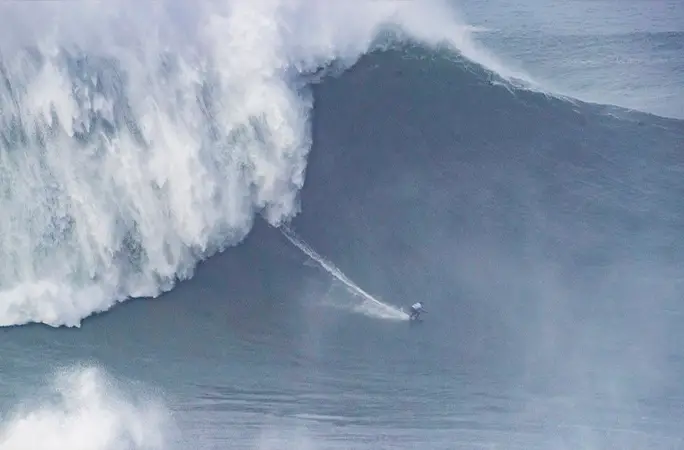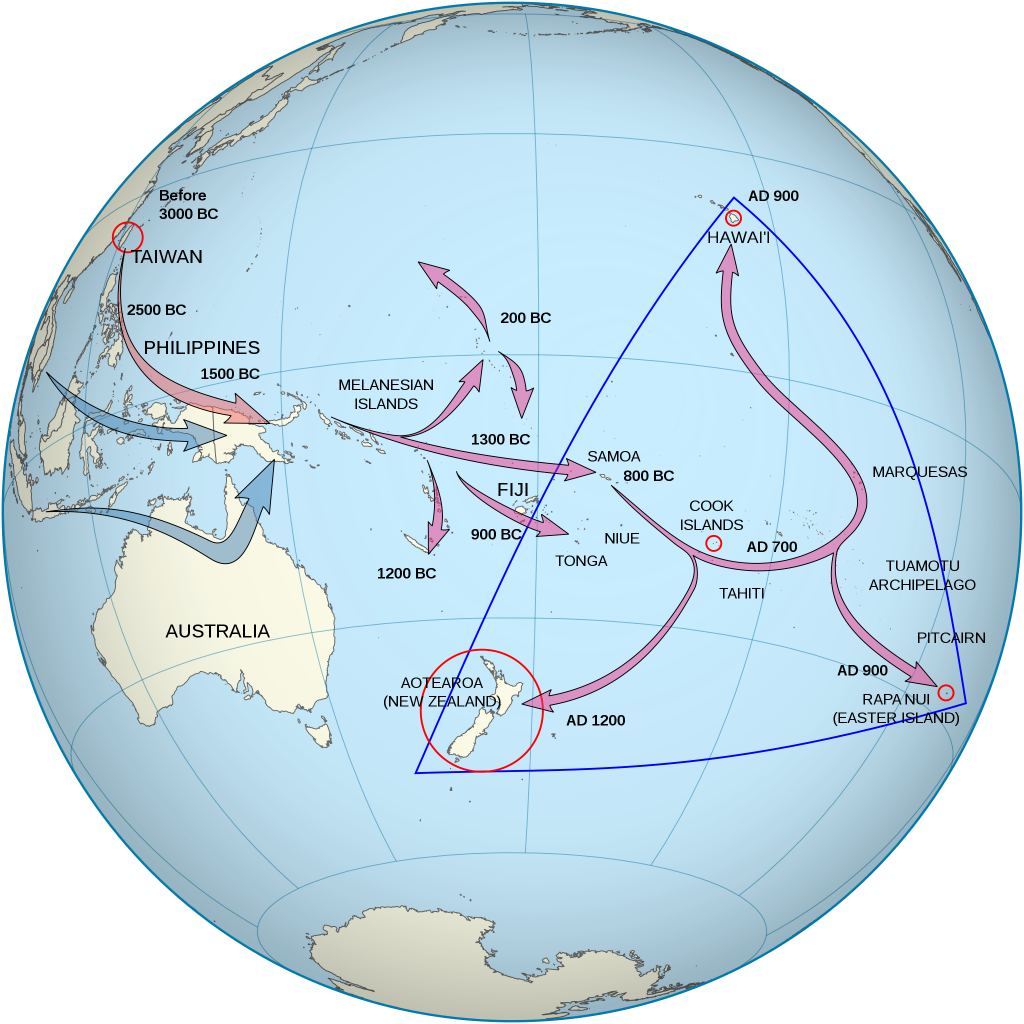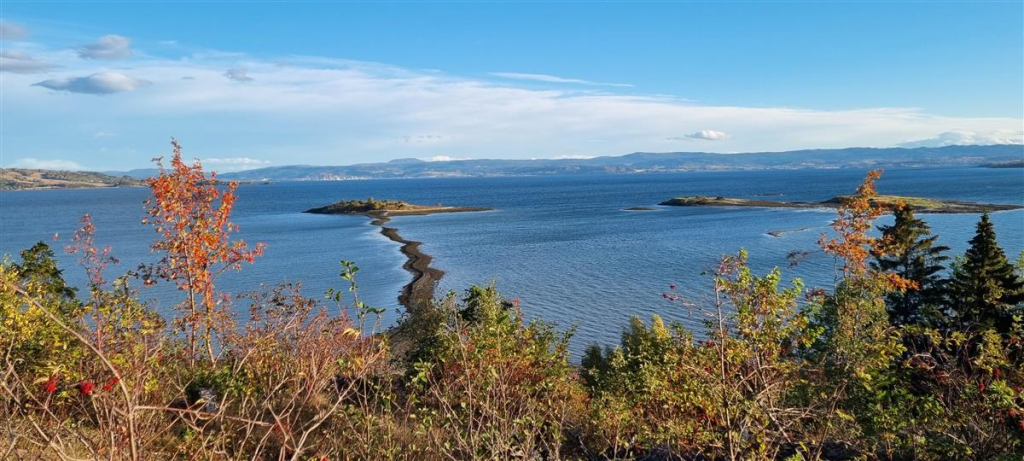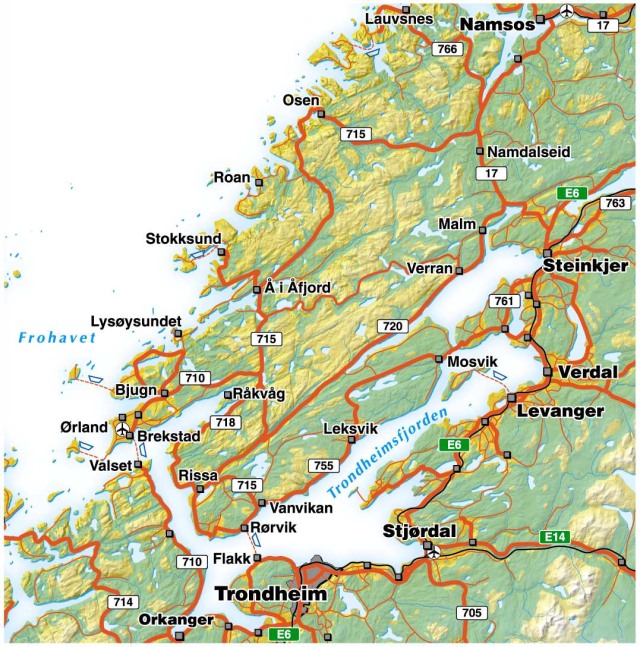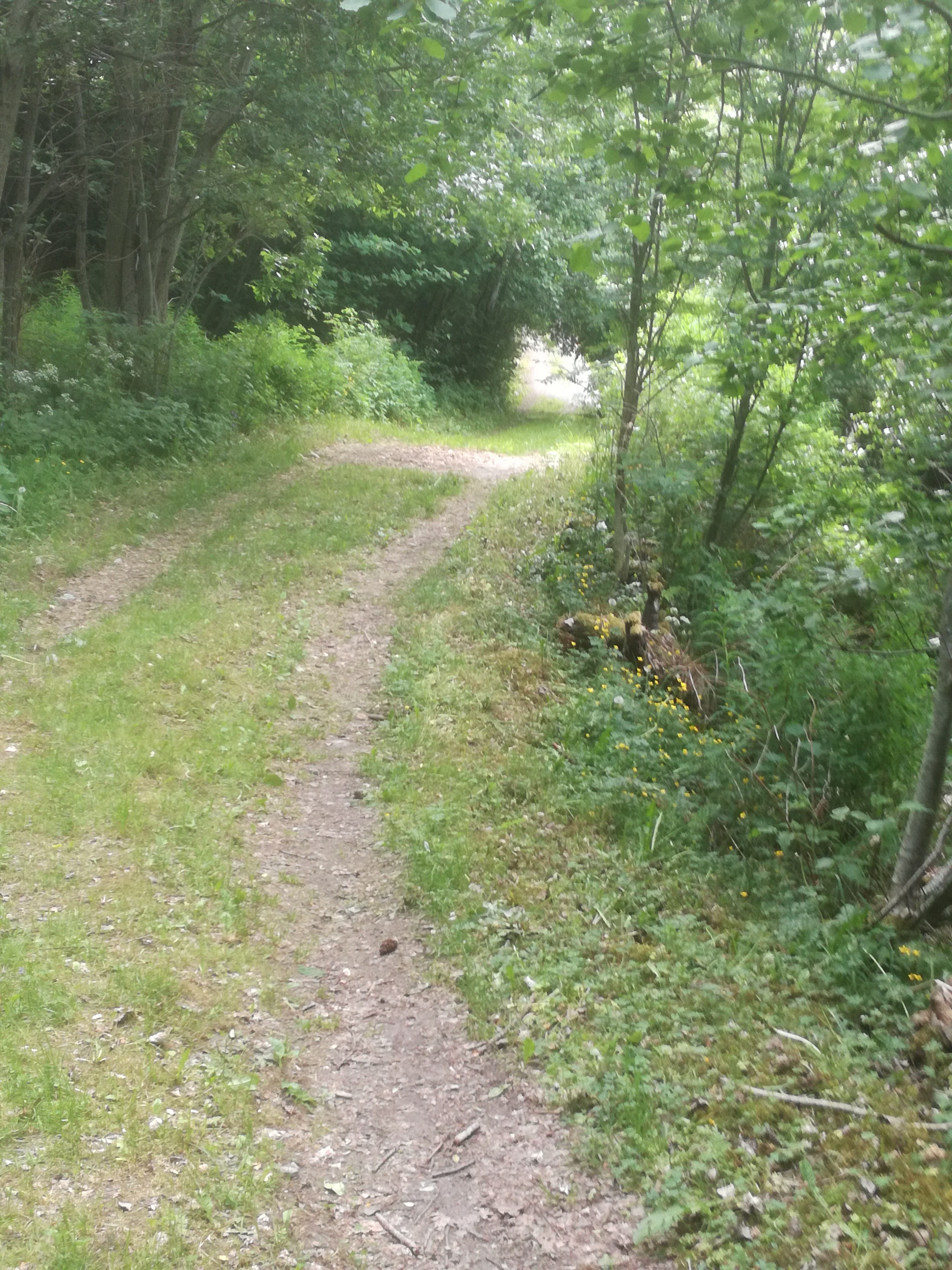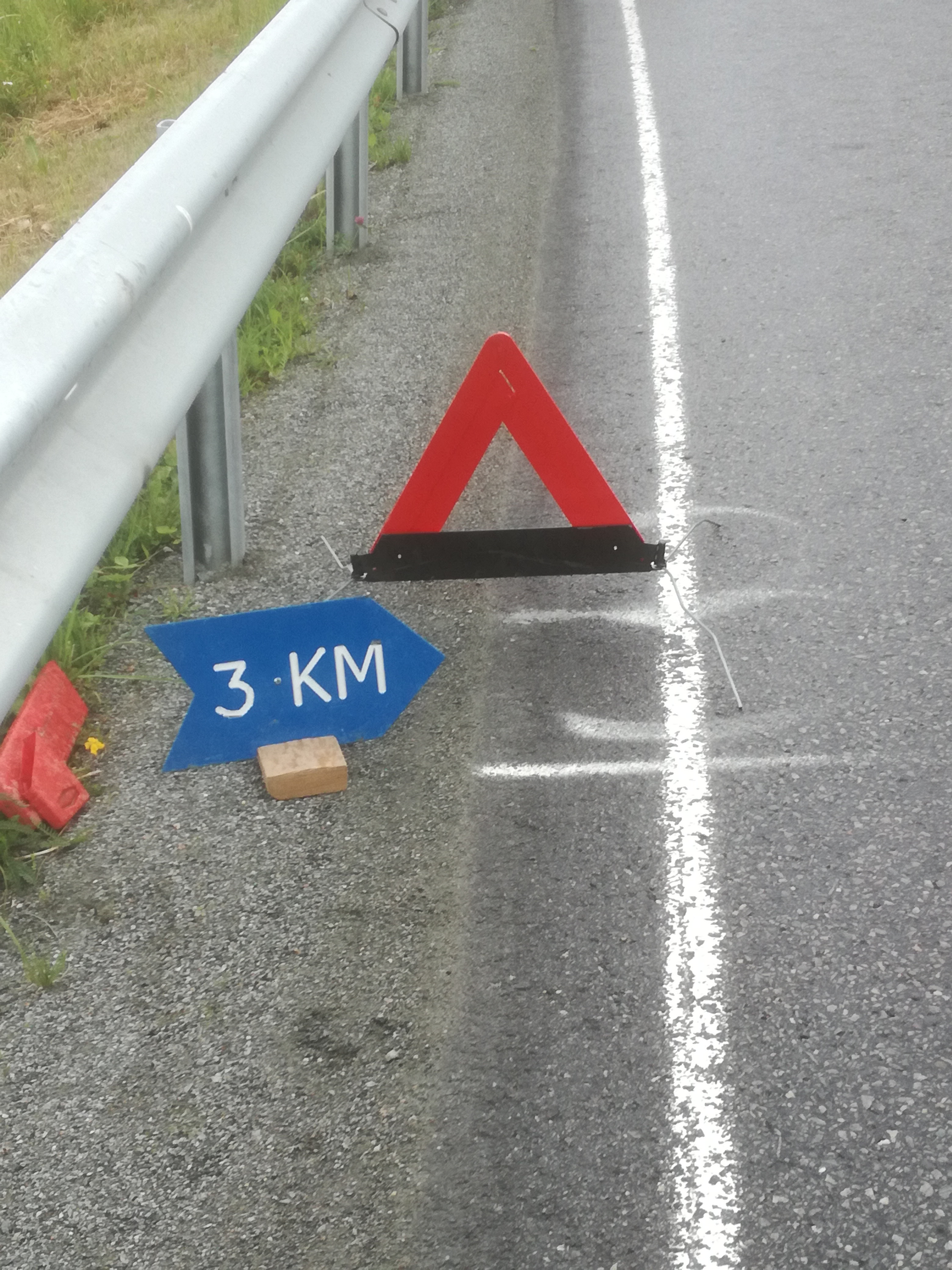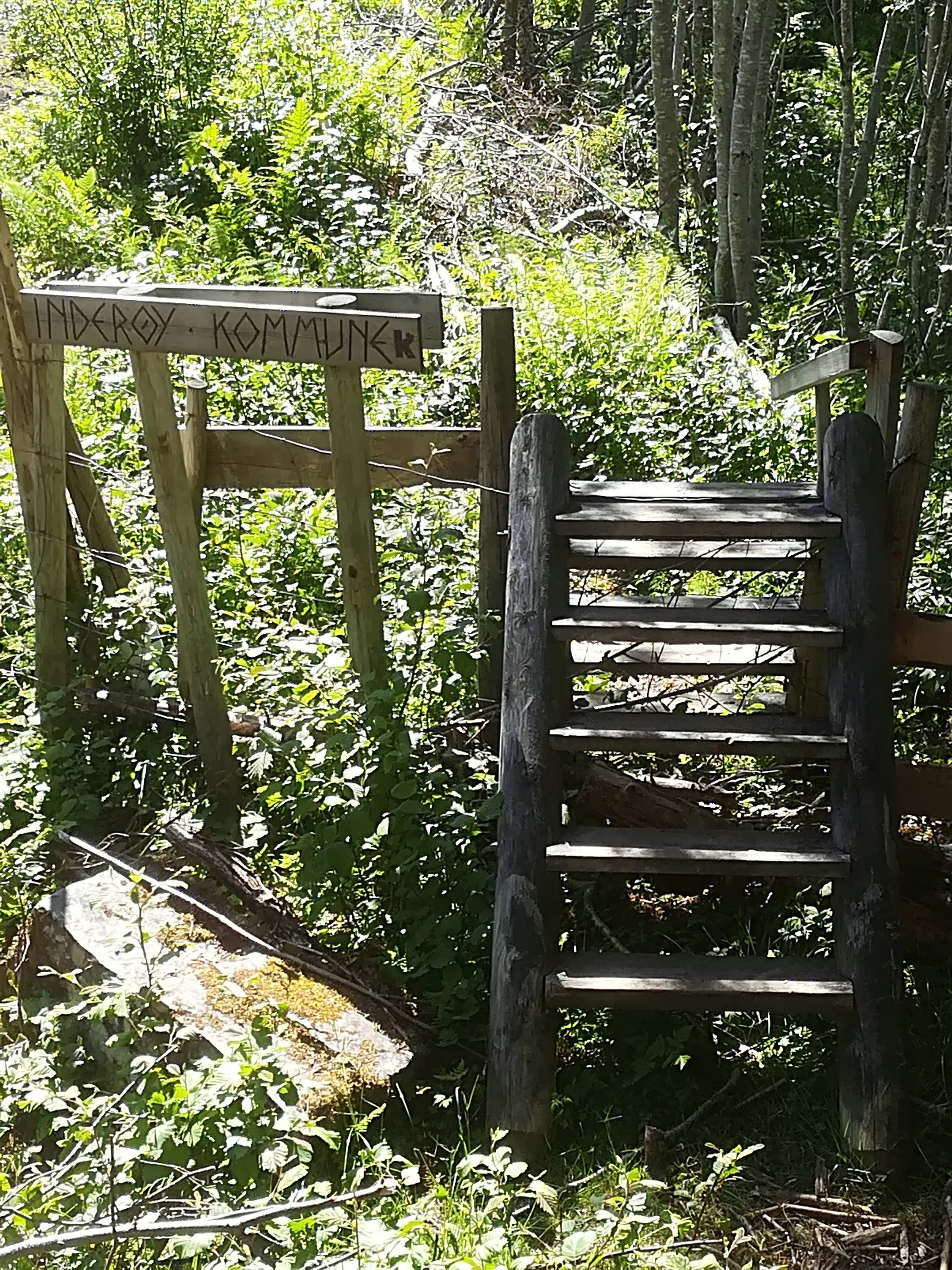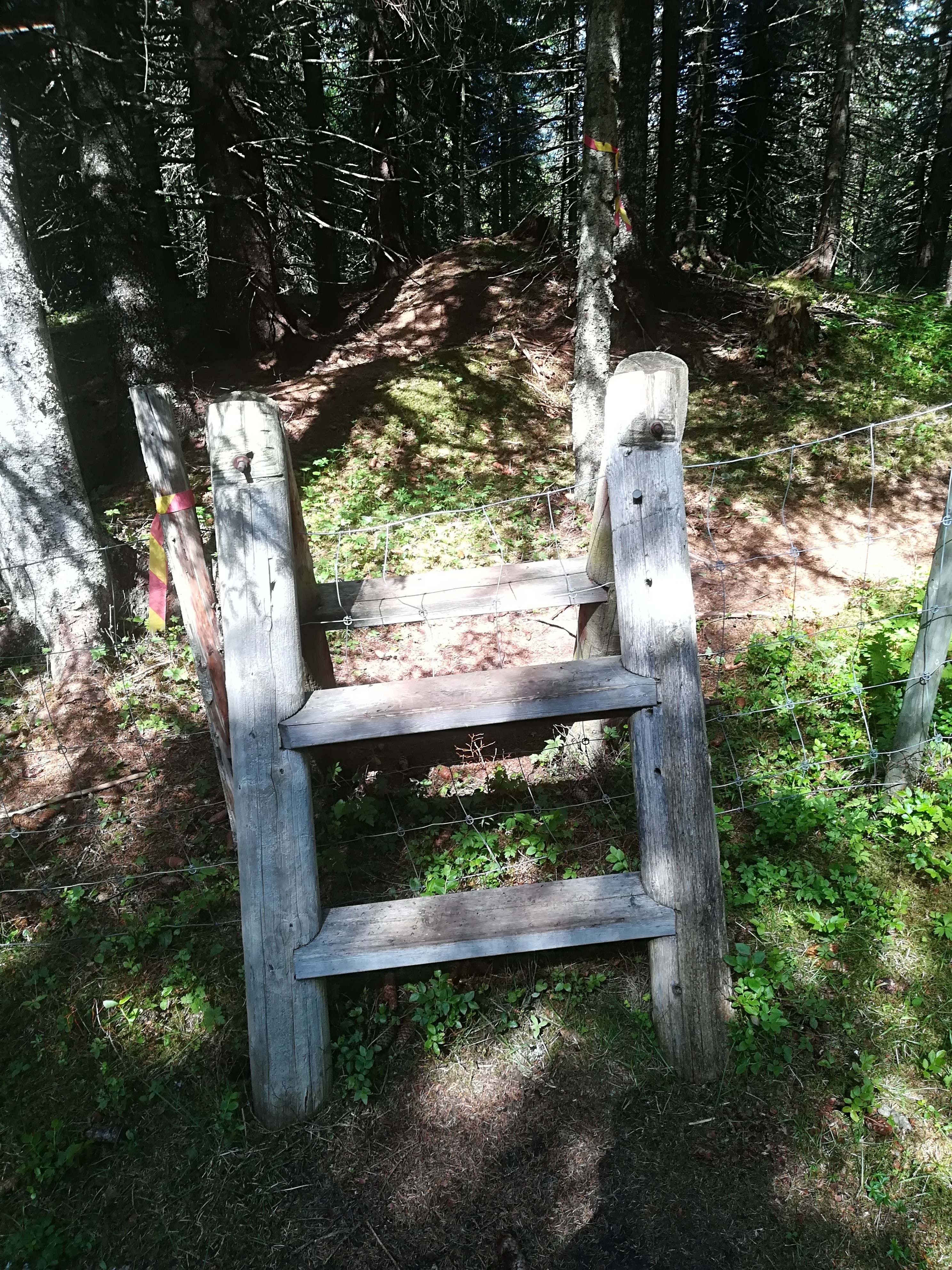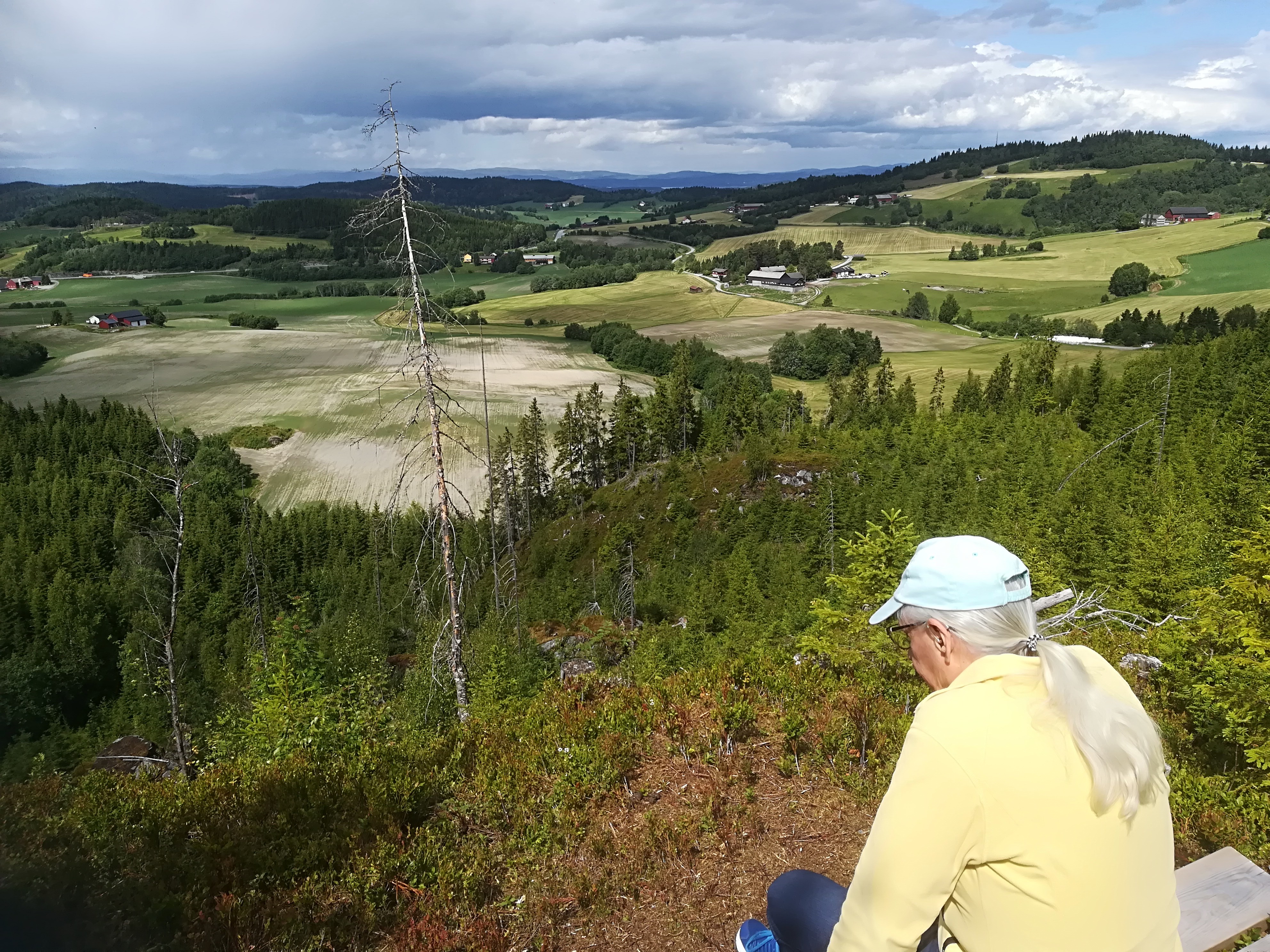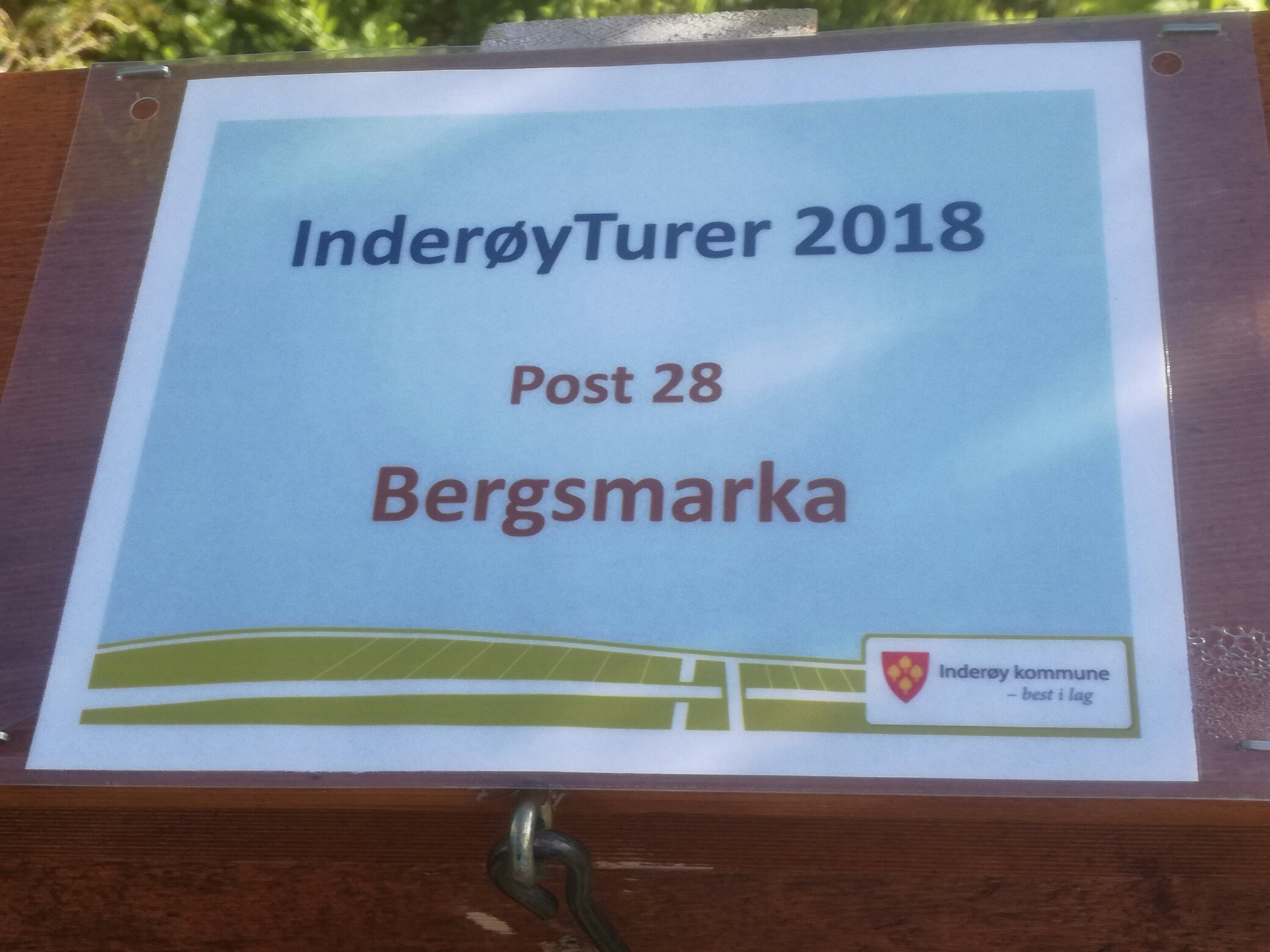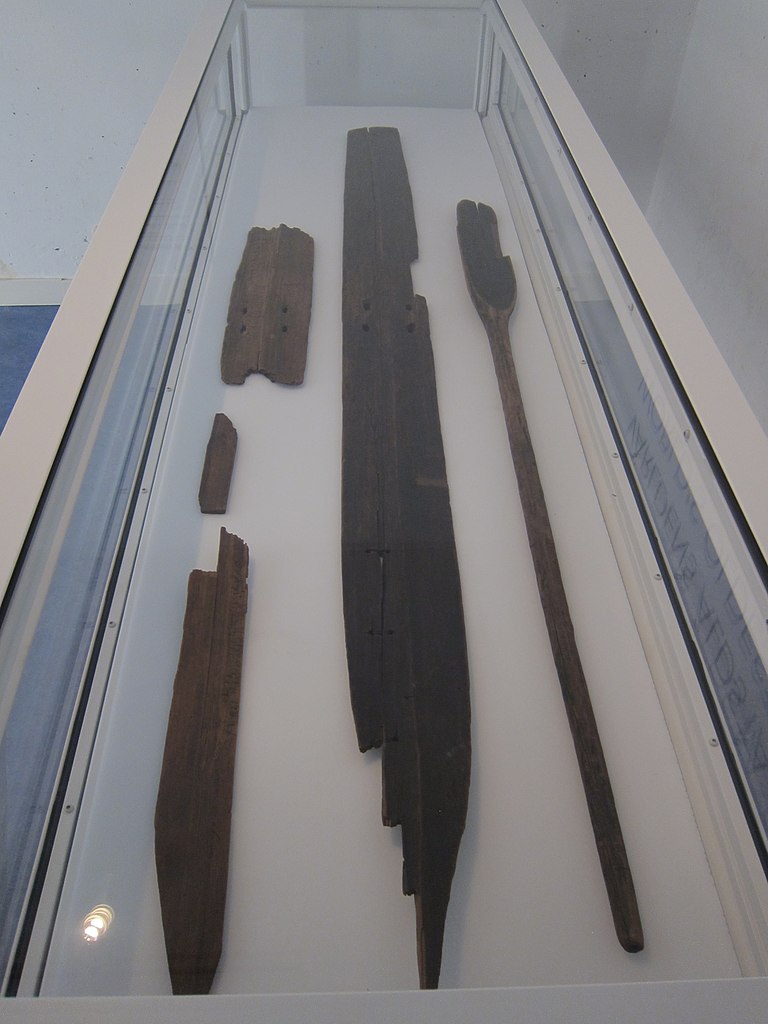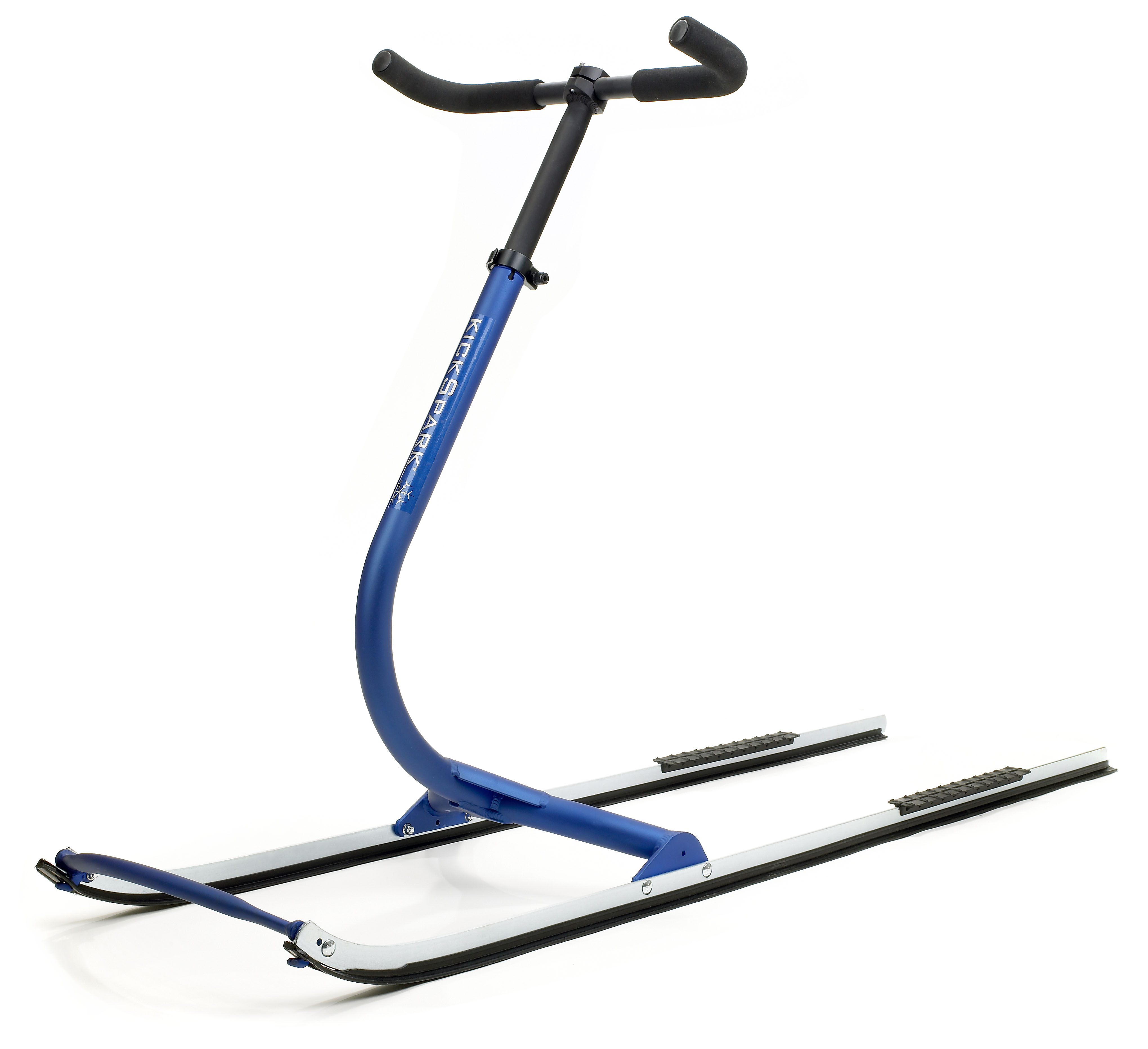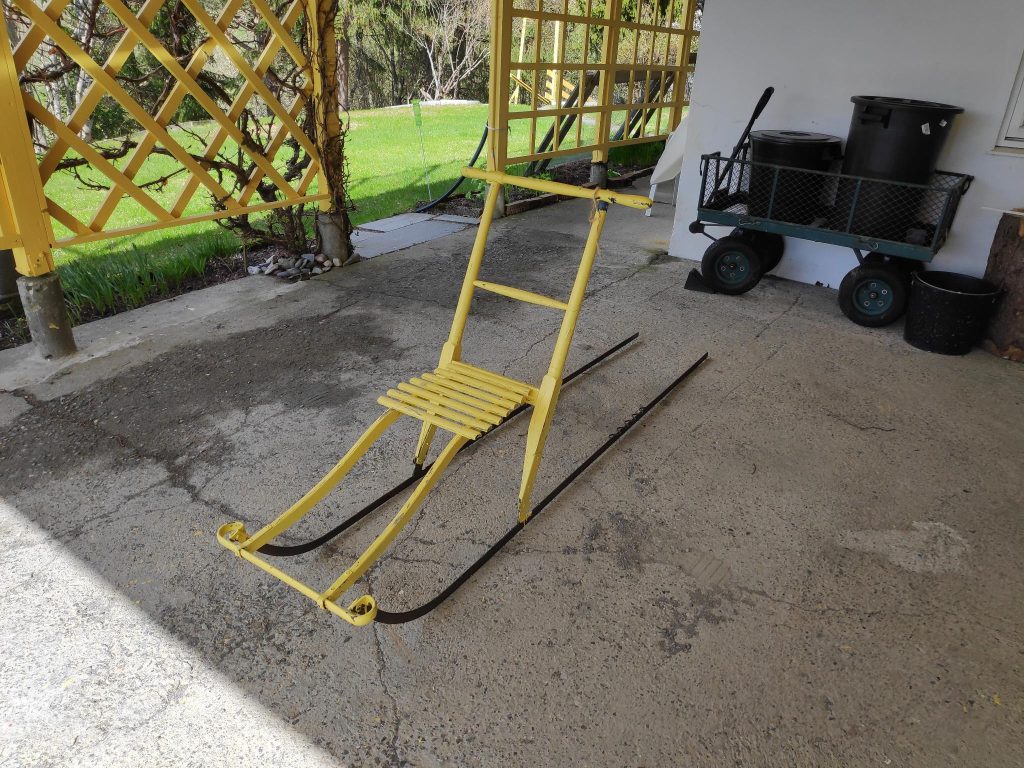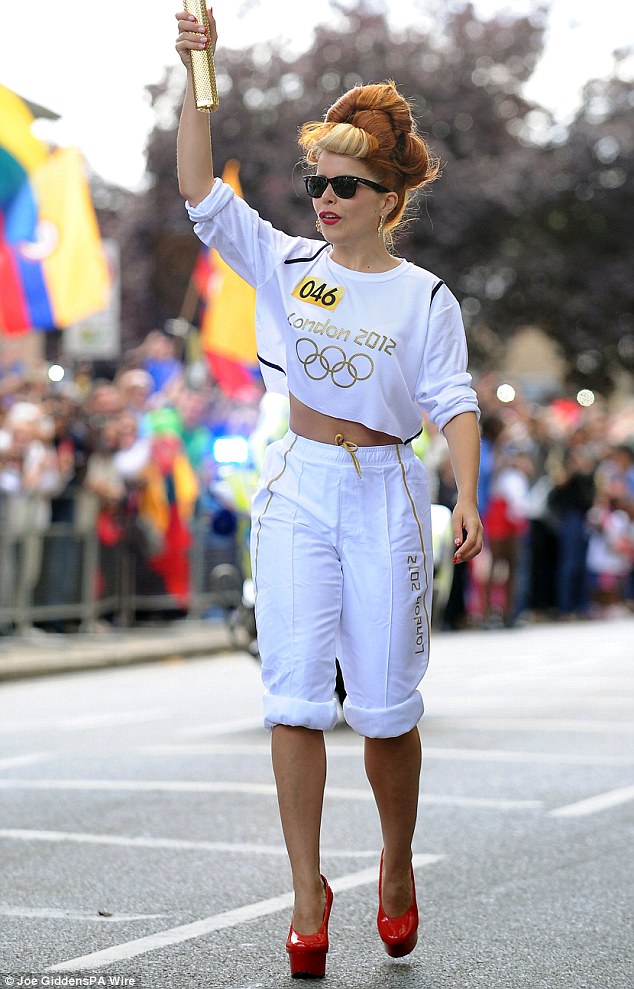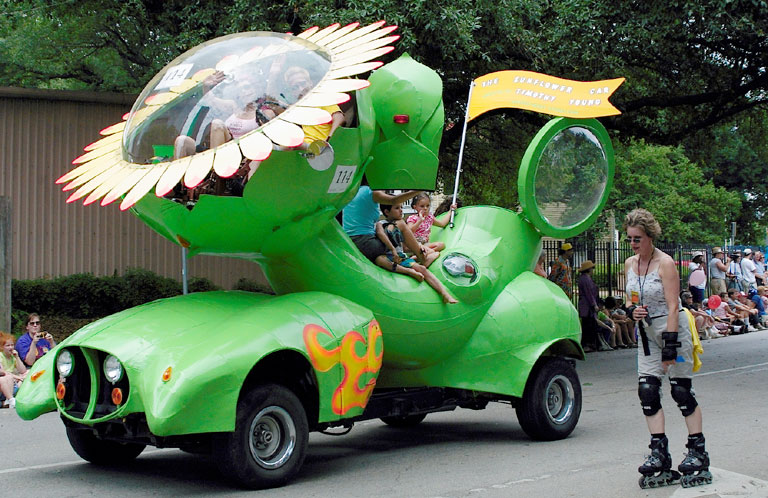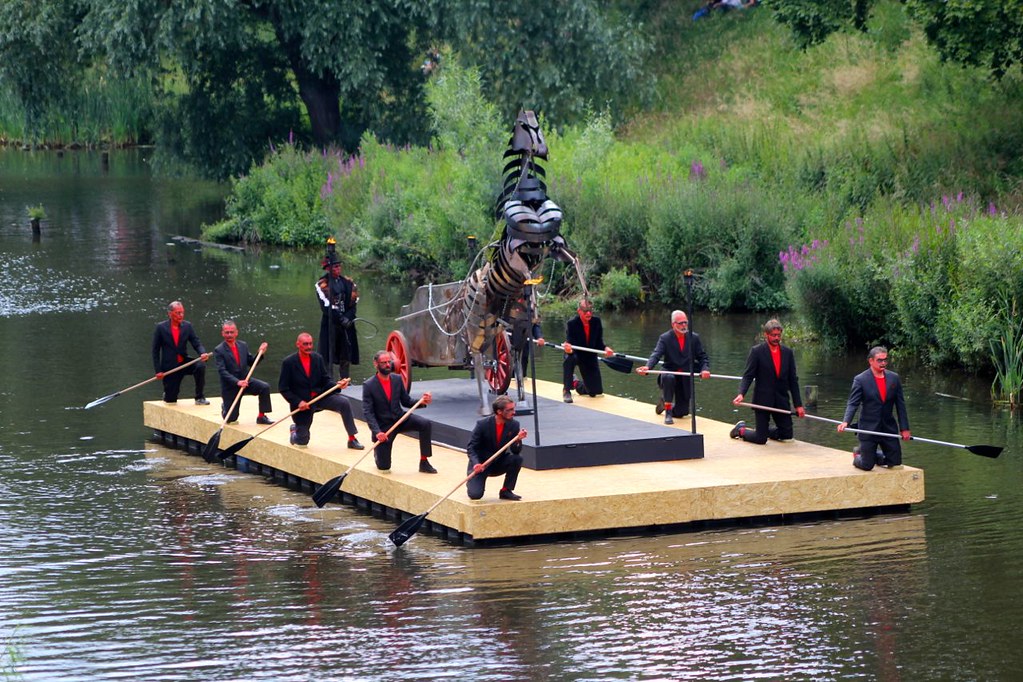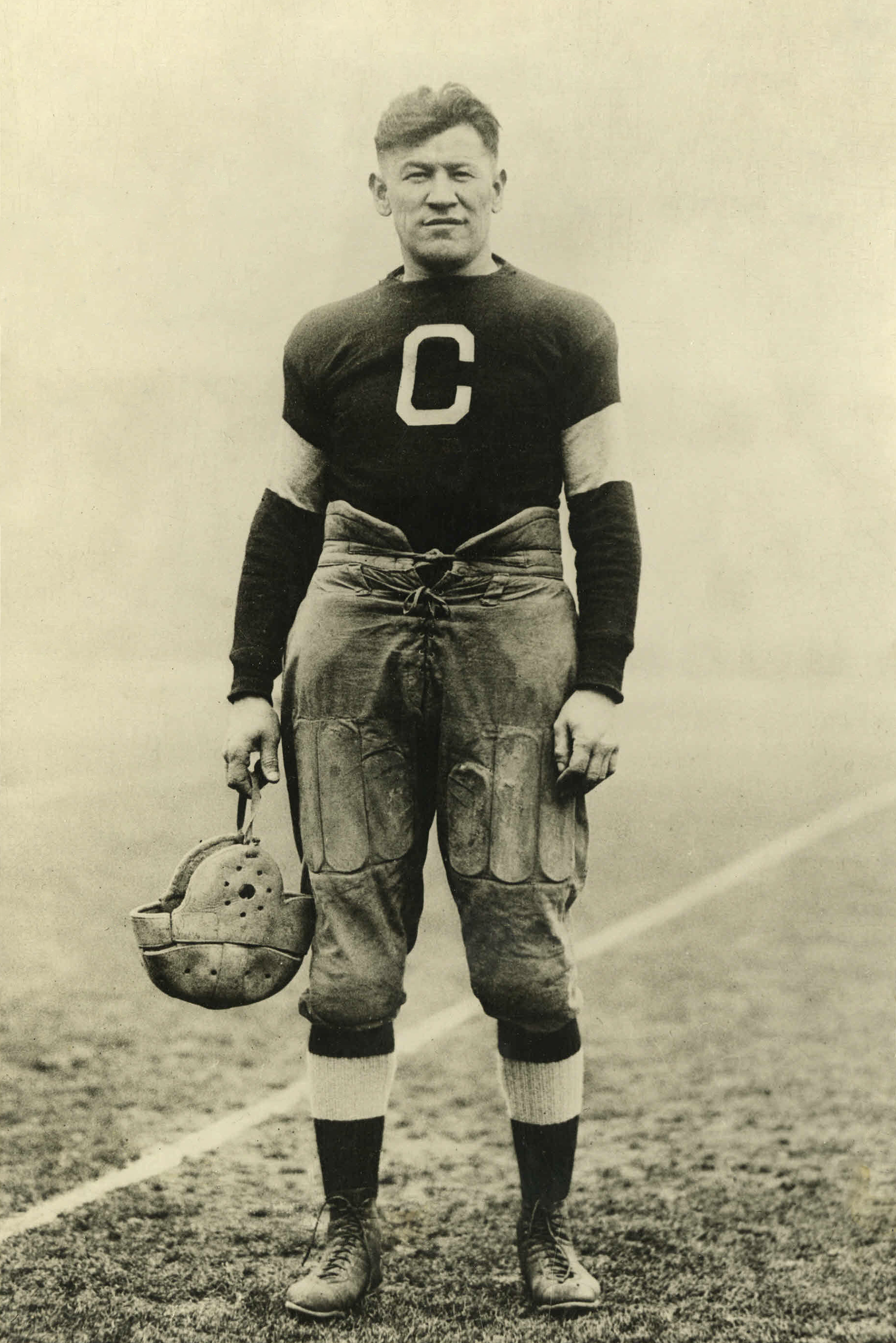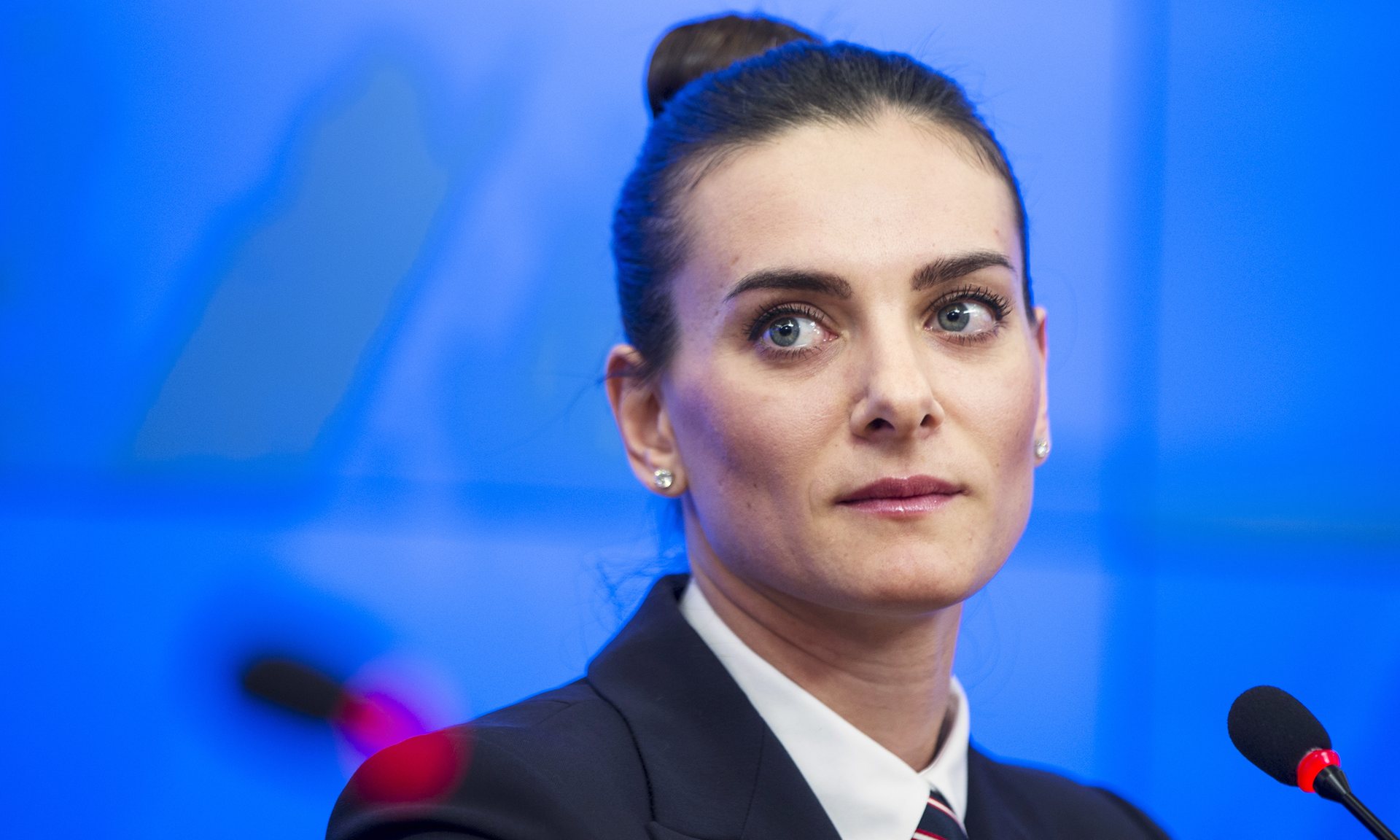
This post was intended to be published on Cheerleading Day, 2025-09-14. Someone asked me, why wait almost a year? That was all the encouragement I needed to push the date forward to 2024-11-23. It was written while vaccinations on both arms were making construction work more painful than appreciated. It emerged after watching a short video entitled The Ten Worst Songs of the 1980s on Saturday, 2024-11-16. I have found that descriptors such as best or worst are highly subjective. I was indifferent to most of the songs. I strongly disagreed with the #2 worst song listed being included: Europe, The Final Countdown (1986). One of the more dis-remembered yet entertaining songs was Toni Basil, Hey Mickey (1981 or 1982).
I then watched up to several versions of that song, each usually lasting 3 – 4 minutes in duration. I found the cheerleading interesting and decided to investigate it further. There are claims that the original video was made in 1981, other sources state 1982, which is the year that appears on several videos.
Toni Basil = Antonia Christina Basilotta, born 1943-09-22 (40 years to the day before Alasdair) in Philadelphia. She is of Italian ancestry. Her father led an orchestra, and her mother performed in vaudeville. The family moved to Las Vegas in her childhood. In 1961, Basil graduated from Las Vegas High School, where she was head cheerleader.
This is not the only song with cheerleaders I have appreciated. A decade later = 1991, Nirvana offered humankind a video of Smells Like Teen Spirit. I had read somewhere, sometime in the past thirty four years, that Nirvana had recorded uptake after uptake to get all the participants (audience, cheerleaders, janitor) totally bored. Anarchy symbols were attached to the cheerleaders. Kurt Cobain wrote about cheerleaders and football jocks: “They must be petrified to ever think of being the stuck-up, self-righteous, segregating, guilt-spreading, ass kissing, white right-wing republicans of the future.” All I can add is that cheerleaders (and football players) are people, and hope they don’t take Kurt’s spite too seriously.
Other music videos with cheerleaders include: Nada Surf, Popular (1996); Marilyn Manson = Brian Hugh Warner (1969 – ), Tainted Love (2001); Gwen Stefani (1969 – ), Hollaback Girl (2004); Busta Rhymes (1972 – ), Touch It (Remix, 2005) with young cheerleading girls; My Chemical Romance, Teenagers (2007) it seems to follow the same script as Smells Like Teen Spirit;Taylor Swift (1989 – ), You Belong with Me (2008); Fol Chen, Cable TV (2009) with five out-of-uniform Los Angeles Lakers cheerleaders dancing in a drained swimming pool; Macy Gray (1967 – ), Beauty in the World (2010). Of the eight videos listed here, I only really liked the first (Popular) and last (Beauty in the World), but felt Tainted Love had some merit, although I am more a fan of the Gloria Jones (1945 – ) and Soft Cell versions (1964 and 1981, respectively). Long live, Northern Soul!
Parkour is the sport I find most interesting. Some refer to it as an athletic training discipline rather than a sport. Wikipedia tells us that traceurs = practitioners attempt to get from one point to another in the fastest and most efficient way possible, without assistive equipment and often while performing feats of acrobatics. With roots in military obstacle course training and martial arts, parkour includes flipping, running, climbing, swinging, vaulting, jumping, plyometrics = jump training/ plyos = exercises in which muscles exert maximum force in short intervals to increasing power, rolling and quadrupedal movement—whatever is suitable for a given situation. Parkour is an activity that can be practiced alone or with others, and is usually carried out in urban spaces, though it can be done anywhere.
I see cheerleading as parkour light/ lite with some social content, currently missing in parkour regular. Because women are generally more sociable than men, I see cheerleading being more appealing to women than to men.
Cheerleading was at first an exclusive male activity. Some of the more famous male cheerleaders included: American presidents Franklin Delano Roosevelt (1882 – 1945) at Harvard, Dwight David Eisenhower (1890 – 1969 ) at West Point (?), and George W Bush (1946 – ) at Phillips Academy. There are a few other notable men who have been cheerleaders including Aaron Spelling (1923 – 2006), Michael Douglas (1944 – ), Steve Martin (1945 – ), Mitt Romney (1947 – ), Samuel L Jackson (1948 – ) and Jamie Espinal (1984 – ).
Women were permitted to become cheerleaders in 1923, at the University of Minnesota. It took time for other universities and schools to allow it. However, with World War II the American military draft reduced the number of males available, and this activity, and others, such as welding, were taken over by females.
The Dallas Cowboys cheerleaders debuted in the 1972-3 season, but were first widely seen in Super Bowl X (1976). They were appreciated not just for their revealing outfits but also for their sophisticated dance moves. Professional, often football related, squads of the 1970s encouraged the male gaze.
Note: In feminist theory, the male gaze is the act of depicting women and the world in the visual arts and in literature from a masculine, heterosexual perspective that presents and represents women as sexual objects for the pleasure of the heterosexual male viewer.
Cheerleaders were promoted as American icons of wholesome sex appeal. Yes, it does sound as if some marketing specialist had influenced the text in the last sentence. I am sure many readers would like to know where to find the boundary between wholesome and indecent sex appeal. Female cheerleaders are presented as perma-grinning, shining icons of idealized American femininity.
That said, I have naively regarded cheerleaders as promoters of their schools and sports clubs. Some regard them as a key marketing tool.
Women cheerleaders have included: Madonna Louise Ciccone (1958 – ) most often just known just by her first name, Sandra Bullock (1964 – ), Christina Aguilera (1980 – ), Jennifer Lawrence (1990 – ), Miley Cyrus (1992 – ). There are many more, but it is difficult to find a list that all readers might recognize.
There are also fictional cheerleaders. Let me dispose of Buffy Summers and Cordelia Chase (portrayed by Sarah Michelle Prinze, née Gellar, 1977 – and Charisma Carpenter, 1970 – respectively) in Buffy the Vampire Slayer. They are members of Sunnydale High Razorbacks Cheerleaders. Neither Buffy nor Cordelia are part of my fictional world. Sandy Olsson and Patty Simcox (portrayed by Olivia Newton-John (1948 – 2022) and Susan Buckner, (1952 – 2024) respectively) in the film Grease (1978), are in my fictional world.
The most interesting cheerleading squad name I could find was a tie between: Hog’s Breath Cafe Broncos Cheer Squad, part of the Brisbane Broncos, and The Gold Coast Hogs Breath Cafe Sirens, part of the Gold Coast Titans. Both teams are part of the Australian National Rugby Union. Top marks go to the Broncos squad for better grammar, even though I thought hogs should be a plural possessive noun, as in hogs’, in both cases.
The best known squad, and the only one I could name before writing this post, is The Dallas Cowgirls, part of the Dallas Cowboys. Their real name is actually The Dallas Cowboys Cheerleaders. This comment is intended to introduce Texas cheerleading legislation.
In 2005 the Texas legislature debated what has been called a cheerleader booty bill, to eliminate overtly sexually suggestive cheerleading. Democratic representative Al Edwards (1937 – 2020):”We are telling teenagers not to have sex, but are teaching them how to do it on the football field and applauding them when they do it. It’s just too sexually oriented, you know, the way they’re shaking their behinds and going on, breaking it down.” He claimed that cheerleading leads to teen pregnancies, school dropouts and the spread of sexually transmitted diseases (STDs).
It appears that everyone in Texas was required to take a stand, good or bad, on many cheerleading issues: tiny = short pleated skirts, tight fitting sweaters, saddle shoes = low-heeled casual shoes, with a plain toe and saddle-shaped decorative panel placed mid foot, made of leather in white but with a coloured saddle matching the uniform, fluffbunny = cheerleader nickname, cheerleading = presence or absence of athletic prowess, the suitability of hip gyration.
Mary Ellen Hanson (? – ), author of Go! Fight! Win!: Cheerleading in American Culture (1995) regards cheerleaders as American representatives of the virgin/whore dichotomy; simultaneously representing “youthful prestige, wholesome attractiveness, peer leadership, and popularity” as well as “mindless enthusiasm, shallow boosterism, objectified sexuality and promiscuous availability.”
Some see cheerleaders as reinforcing gender stereotypes. Many want to repeal the 1972 legislation that mandates equal funding for male and female sports in education.
The debate in Texas also has a focus on the Dallas Cowgirls. Have they turned cheerleading into a para-pornographic spectacle? Hopefully, all are aware that playing American (and Canadian) football causes traumatic brain injuries, with so much pain that some players opt to commit suicide. Yes, football involves violence and suffering.
Other existential cheerleading questions beyond Texas, involve the spelling of pom-poms vs pom-pons, and the choice of material from which they are constructed. Some people, such as Natalie Adams (? – ), a former cheerleader, says cheerleading has split into two tribes: the traditional who cheer and the competitive who compete. I would say there are even more tribes, adding punk to the mix. These are cheerleaders who understand Nirvana’s message. Trailer Trash could also be its own tribe featuring milky-eyed, tombstone-toothed and prison-tattooed cheerleaders such as MiLi and TilduH. Others claim these are not real cheerleaders, only parodies.
Cheerleading carries the highest rate of catastrophic injuries to female athletes in high school and collegiate sports. Of the United States’ 2.9 million female high school athletes, only 3% are cheerleaders, yet cheerleading accounts for nearly 65% of all catastrophic injuries in girls’ high school athletics. In data from the 1982–83 through the 2018–19 academic years in the US, the rate of serious, direct traumatic injury per 100,000 participants was 1.68 for female cheerleaders at the high school level, the highest for all high school sports surveyed. The rate for (male) football players was lower at 1.18. The college rate could not be determined since the total number of collegiate cheerleaders was unknown. The total number of traumatic, direct catastrophic injuries over this period was 28 female & 5 male = 33, higher than all sports at this level aside from football, which had 215, all male. Another study found that between 1982 and 2007, there were 103 fatal, disabling, or serious injuries recorded among female high school athletes, with the vast majority (67) occurring in cheerleading. For details, see here.
Two final questions
What will it take for Americans to end the carnage occurring on the playing fields among football players, as well as cheerleaders. My answer is for viewers to avoid the Superbowl! Find something better to do.
I will end by asking if the Portland (as in Oregon) Thorns, women’s soccer = association football, team has a cheerleading squad? and if its members are male? I tried to find this out, but I am left with an answer that is tentatively no, but with a willingness to not only view humanity better, but to correct this mistake, if someone else can present evidence.


